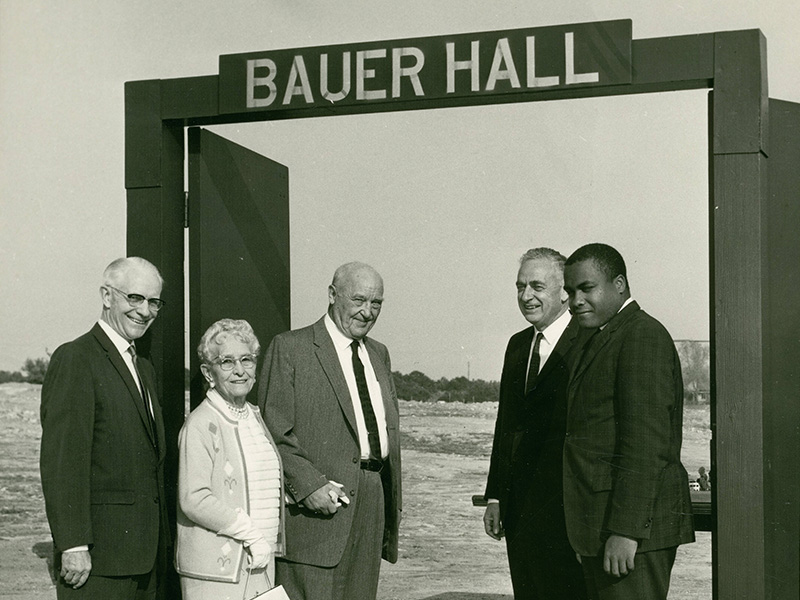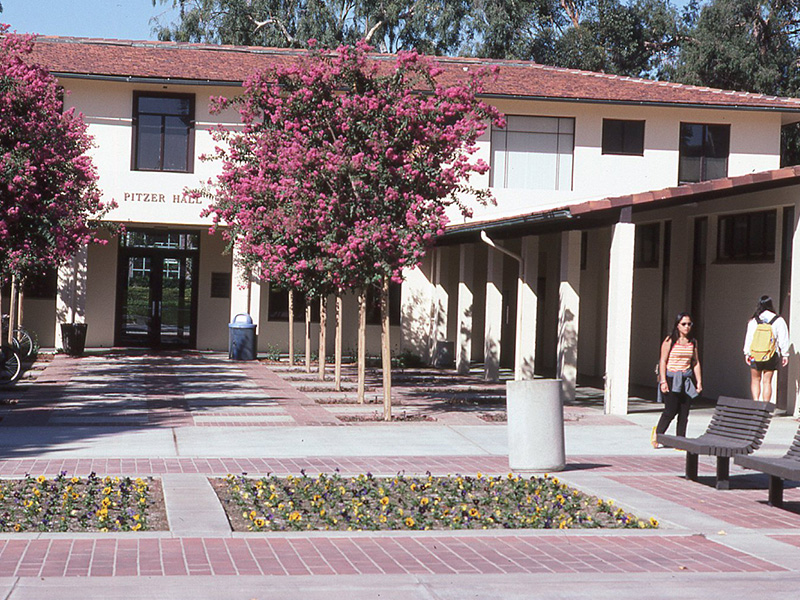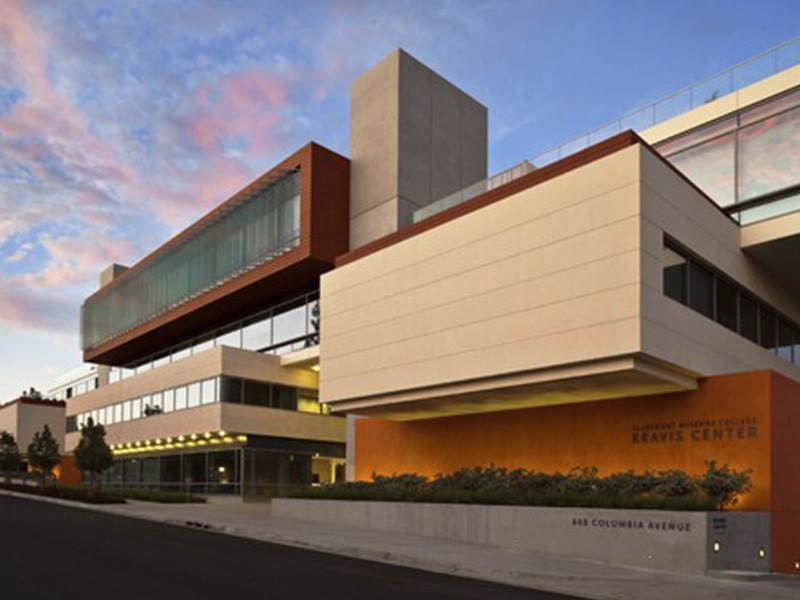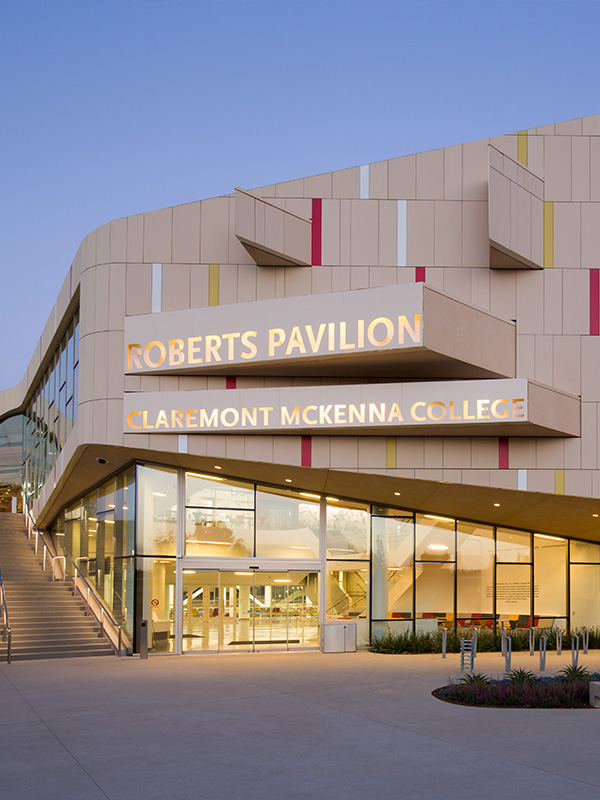EXHIBIT PREVIEW
Architecture and Public Art at CMC
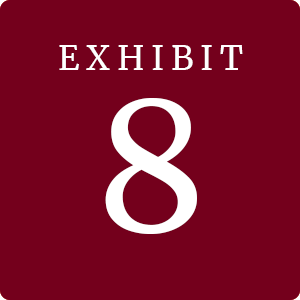 Jack Stark ’57, then an assistant to President George C.S. Benson, surveys the construction of Bauer Center from Fawcett Hall in 1967. Stark served as the liaison officer during the building’s planning and construction.
Jack Stark ’57, then an assistant to President George C.S. Benson, surveys the construction of Bauer Center from Fawcett Hall in 1967. Stark served as the liaison officer during the building’s planning and construction.The eighth exhibition in the 75th Anniversary history series, Architecture and Public Art at CMC, looks at the growth of the CMC campus over the years highlighting key building projects at the College with brief histories of campus buildings and grounds and examinations of notable campus architects and public artwork.
The CMC Digital Archives
Join with Claremont McKenna College as we celebrate our vibrant 75-year history. Reflecting back on the College’s modest origins will lead to perspectives on the College’s current success and will inform the College’s aspirations for the future.
The 2021-22 academic year will be spent commemorating the milestones of the last 75 years in monthly exhibitions that will focus on faculty, students, campus buildings, presidents, coeducation, research institutes, the role of veterans, and others.
The Campus Master Plan
The Intercollegiate Council Report of 1936-1937 identified land east of Pomona College on the former home and estate of Sarah Bixby Smith as the site for a proposed third college. In 1946, the land was ceded to the trustees of Claremont Men’s College to provide the beginning of the campus. Between 1946 and 1950, the CMC campus assumed its basic plan and architectural style.
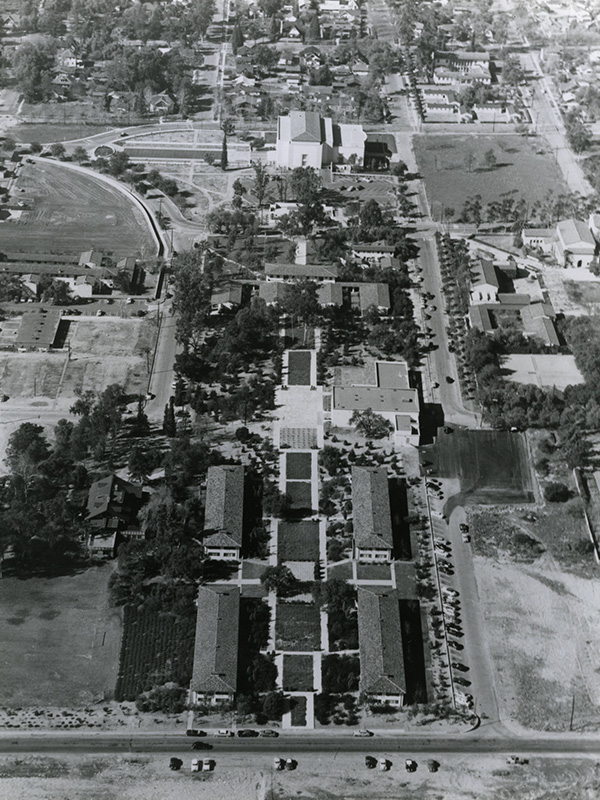
A view of the North Quad area of Claremont Men’s College looking west across campus towards Honnold Library, circa 1952-1953.
Academic & Administration Buildings
Some of the first additions to the new Men’s School campus were temporary classroom and office buildings. In the spring of 1947, the Federal Works Agency installed five small buildings east of the Claremont Graduate School’s Harper Hall to be used as offices and classrooms for two years. When Pitzer Hall–CMC’s first academic building–was completed in 1949, the buildings were turned over to Claremont College on whose property they were located. Over its 75 years, the CMC campus has grown considerably from these early days. A glimpse of some of the iconic campus structures, past and present, are shown below.
Bauer Center
Encompassing 61,753 square feet, Bauer Center is in reality two buildings: a basement and three-story rectangular classroom and office structure (Bauer North); and a connected three-story round building, housing classrooms, offices, two auditoria, and the ROTC pistol range. Bauer Center opened in 1968 and was officially dedicated during the spring Parents’ and Founders’ Day on March 22, 1969.
Pitzer Hall
Completed in September 1949, Pitzer Hall was Claremont Men’s College’s first permanent academic building on the developing campus. In the spring of 1947, the Board of Trustees identified the long block running west from Amherst to Columbia Avenues between Eighth and Ninth Streets as a site for future expansion–designated as the Pitzer Hall block.
Kravis Center
Opening in 2011, the Kravis Center and Living Room, named in honor of CMC Trustee Henry Kravis ’67 and Marie-Josée Kravis, is a five-level, 162,000-sq-ft academic and administrative facility that serves as the western gateway to the campus. Replacing the long-standing Pitzer Hall, the Kravis Center houses more than 50 faculty offices, classrooms, and seminar rooms, as well as the Office of Admission and the Office of Financial Aid.
Residential Buildings
Renamed Story House in honor of the late Russell Story, president of Claremont Colleges, the mansion was the College’s only permanent building for its first year and a half. In 1947, to accommodate a growing student body, a wing was built on the north side of Story House, which added a larger kitchen, serving area, and north dining room. These facilities were used from 1947 to 1957 and, while they grew increasingly inadequate, Story House provided the College its sole dining hall during its first decade.
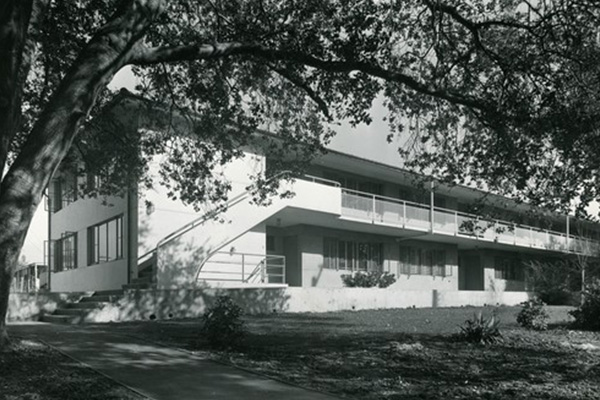
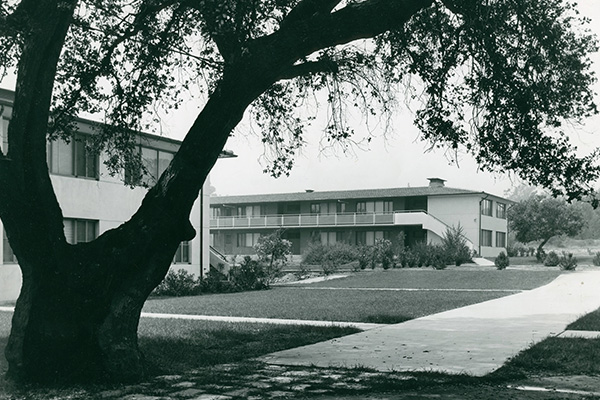
Above, CMC’s first permanent dormitory, Appleby Hall. Below, the Quadrangle.
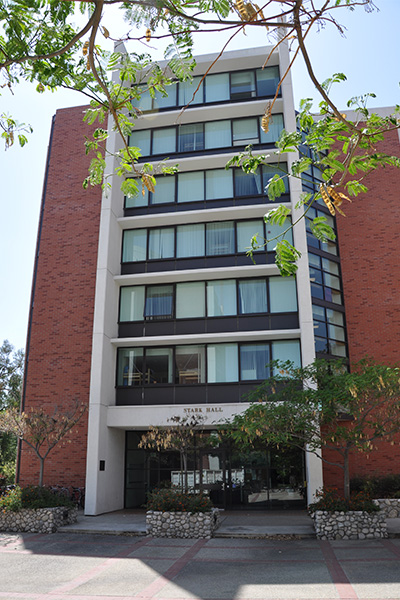
Stark Hall
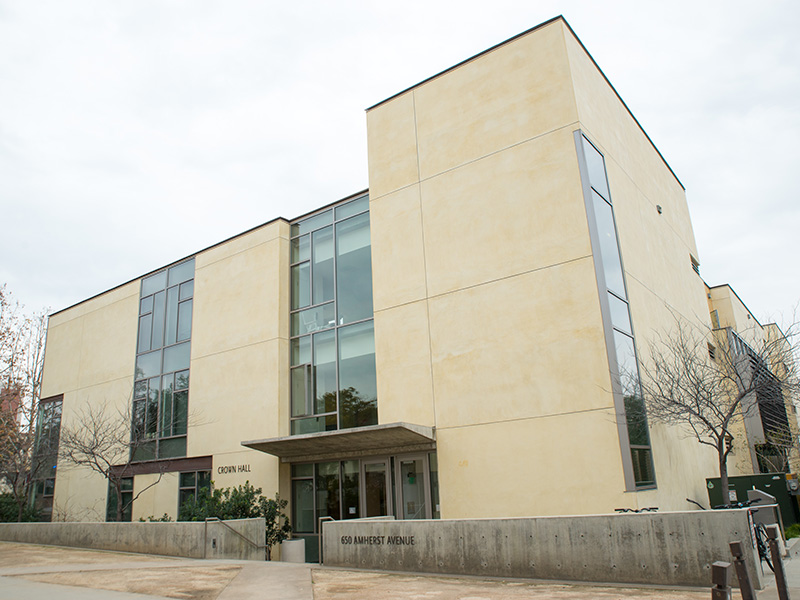
Crown Hall
McKenna Auditorium and Student Fountain shortly after its construction, 1954.
Student Life: Buildings and Grounds
By the beginning of 1950, Claremont Men’s College’s campus expansion was making progress with the completion of four dormitories and a central classroom and administration building. There were still many campus needs, however, and the students, faculty, and trustees all agreed that an auditorium and student lounge should be the next project. After a series of delays and augmented design plans, Donald McKenna enlisted his family to finance a 600-seat facility to be named in honor of his father, A.G. McKenna, with the Mothers’ Club supporting the construction of an attached student lounge.
Students eat lunch in the dining room at Collins Dining Hall, 2017.
Athletic Facilities
In late 1947, the Board of Trustees authorized the formation of a Parents’ Committee, which assisted in raising $10,000 for an athletic field. Early CMC students worked tirelessly to clear rocks from the field site and the newly dedicated Parents Field was completed in 1948. In stark contrast, the LEED Gold-certified Roberts Pavilion encompasses more than 144,000 square feet on three levels dedicated to CMS athletics and community fitness. The Pavilion features a generous venue area with a seating capacity of approximately 2,200, providing hosting opportunities for important college and community events, as well as the state-of-the-art Nakasone Family Fitness Center.
Parents Field and the CMC campus, circa 1967-1968.
Roberts Pavilion at sunset
Public Art at CMC
The College has a long history with art on campus through commissions and gifts by alumni, friends, and the administration many of which have been featured in the exhibition. In 2014 President Chodosh introduced an initiative to bring ‘the art back into to the liberal arts’ with a site-specific public art program to weave art, primarily in public outdoor spaces, into the life of the campus and to promote open inquiry.
Visit Architecture and Public Art at CMC
The Archives consulted a variety of sources in compiling this exhibit and are indebted to those historic resources, most notably, Commerce and Civilization, Claremont McKenna College: The First Fifty Years 1946-1996 by Kevin Starr.

